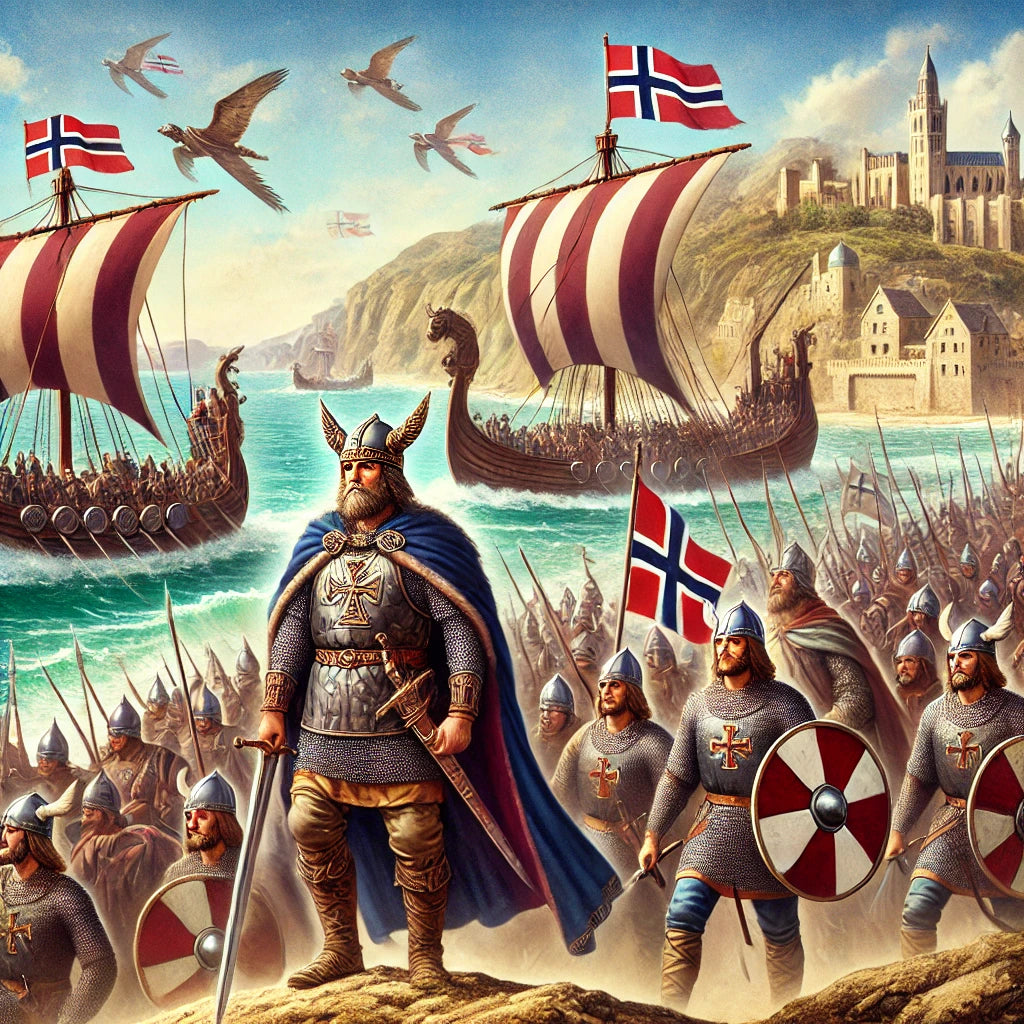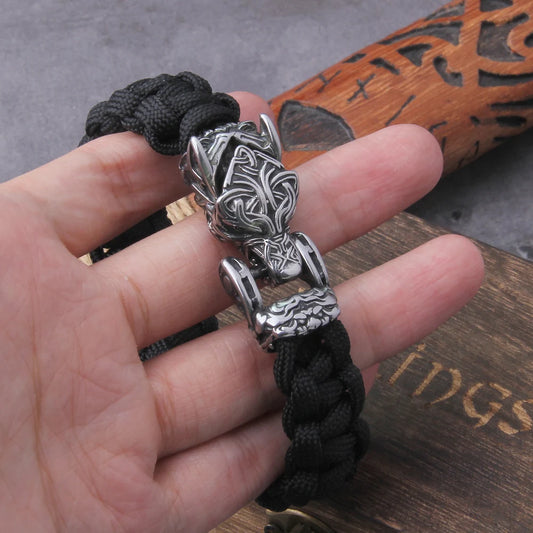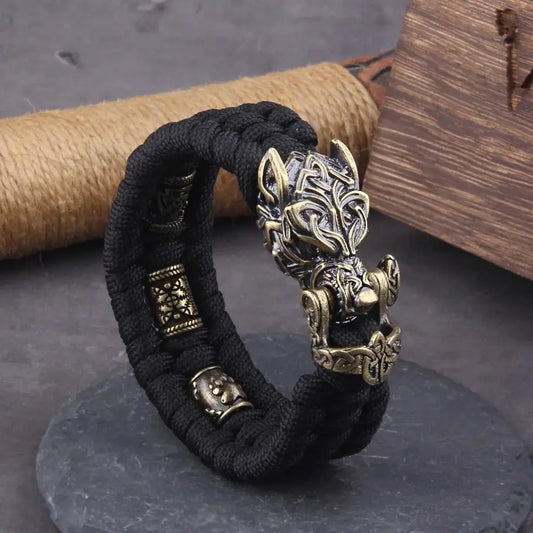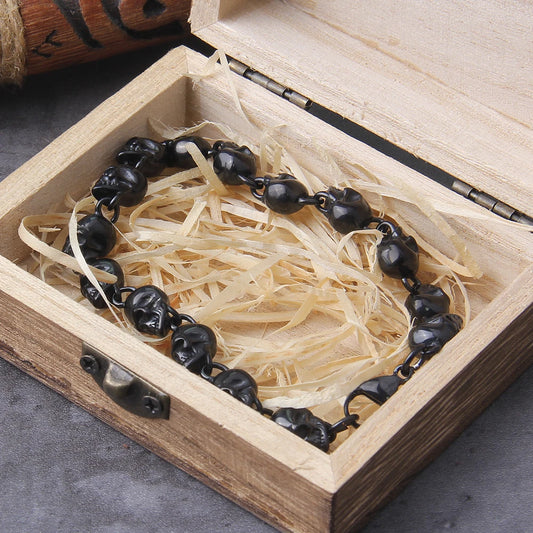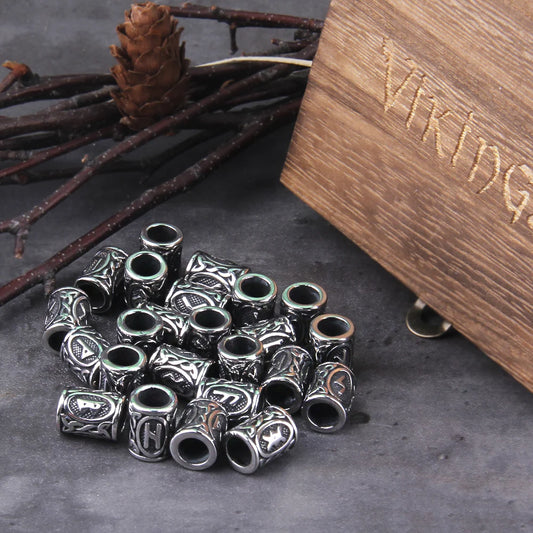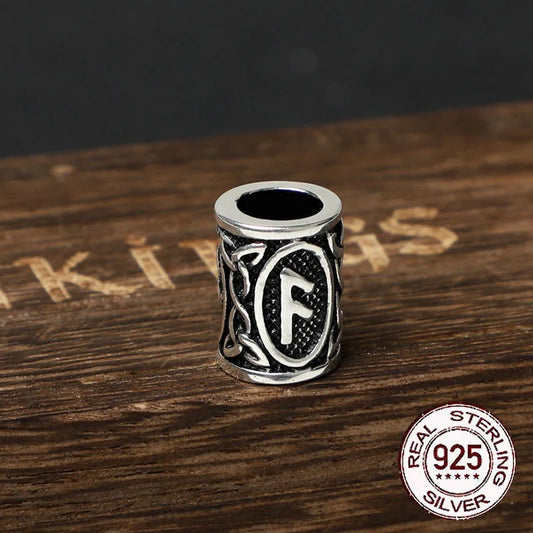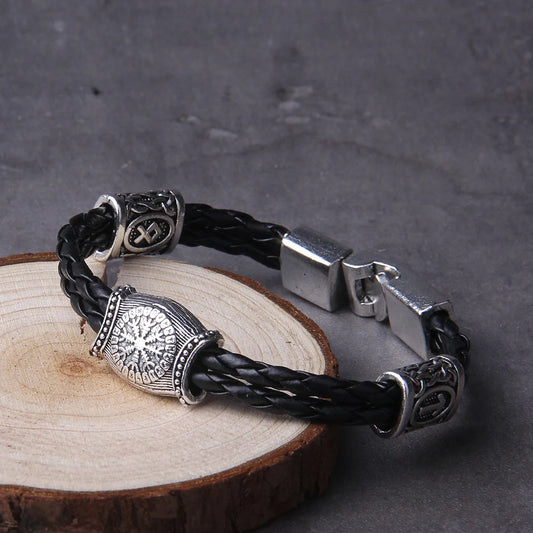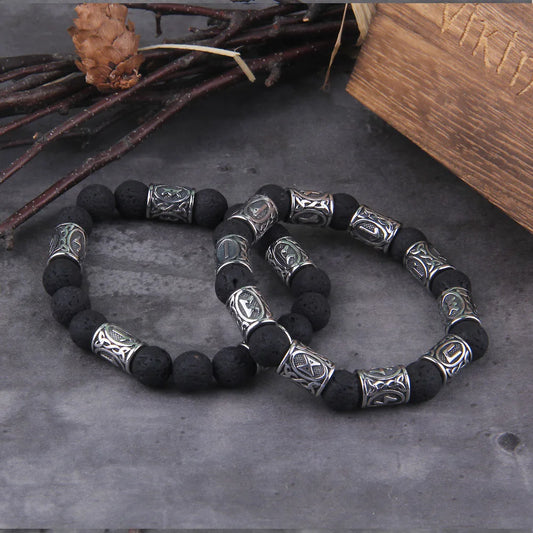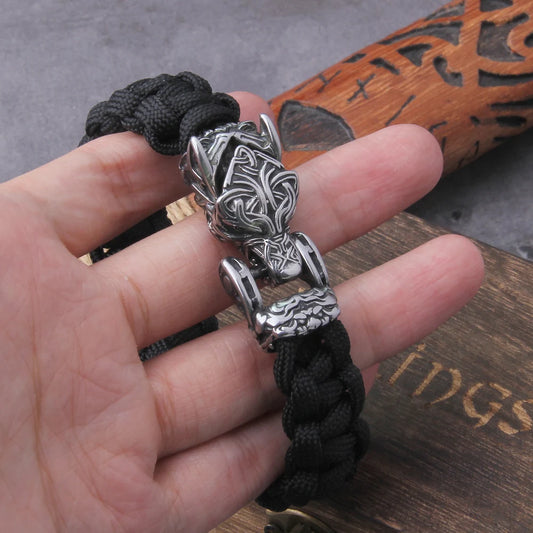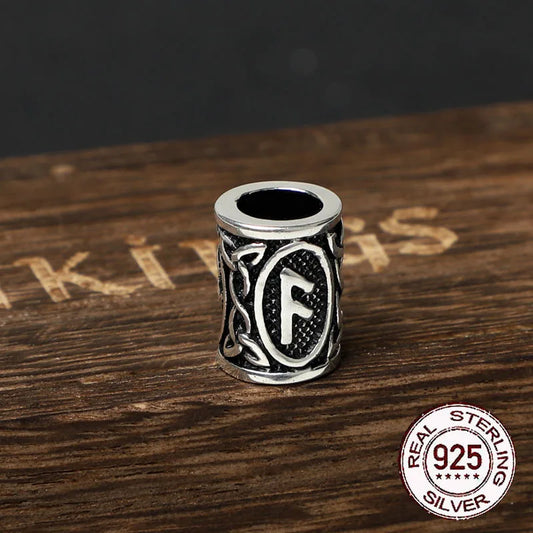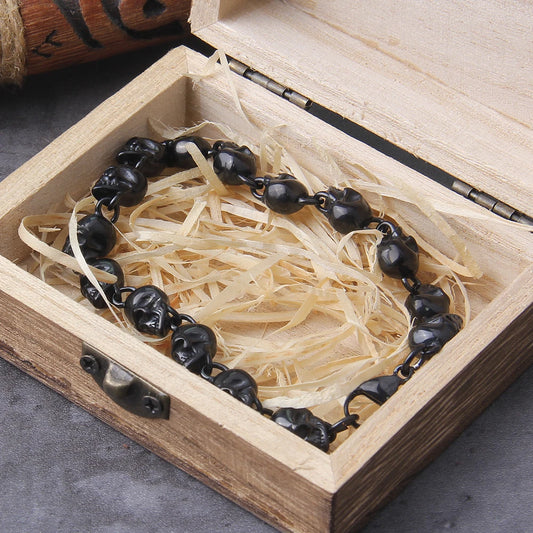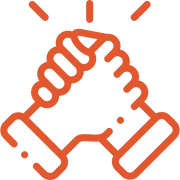Holmgang (Old Norse and Modern Icelandic: hólmganga; Swedish: holmgång) was a form of dueling practiced in the Viking Age and early Scandinavian Middle Ages. It was a socially accepted way of settling disputes.
Holmgang can be translated as going to the island or way to the island, perhaps because the duel took place in a limited space or on a layer on land. The name may derive from the dueling matches that took place on small islets, as explained in Egil Skallagrímson's saga.
At least in theory, any offended individual could challenge the other party to a holmgang regardless of social status. It could be a matter of honor, property, covering a debt, legal disagreements or the simple intention of helping a spouse or relative or avenging a friend.
Holmgangs were completed between 3-7 days after challenging the opponent. Refusal of the challenge meant that one was a "nidingr" (socially stigmatized) and could be sentenced after being charged as an outlaw.
In fact, if an opposing party was unable to defend a claim, they lost honor. Sometimes one of the opponents could request or accept the offer of a friend in substitution, if he considered that he was clearly advantaged.
The "einvigi" (single combat) was another less formal form of duel.
Historical Sources of the Holmgang
Hednalagen is a fragment of a legal text from Västergötland, Sweden, dated around the 13th century, mentioned by Olaus Petri that stipulates rules for a holmgang. The fragment thus provides for a form of mourning as a consequence of an insult to another person, but that the matter was brought to trial.
The rules varied from place to place and changed over time, but before each challenge the duelists agreed on the rules to be used. They fought under a preconcerted pattern and/or in a place that was already customary for that purpose.
The rules determined the weapons to be used, who struck first, what constituted defeat or failure, and compensation for the winner; in Norway, the winner could claim all of the loser's possessions. If a party failed to show up, he or she was automatically declared nidingr.
Early holmgangs probably ended with the death or incapacitation of one of the combatants. Killing the opponent was not considered murder and was not grounds for being outlawed or paying a wergeld. Later, the rules took a more ritualistic turn.
The Kormák Saga specifies that participants in a holmgang were to fight in the space occupied by an ox or the surface of a cape about three meters long, in an ox or cape stand with sides that were three meters long, driven into the ground with stakes used expressly for that purpose in a particular way that is unknown today.
Three lines were marked around the area, at a distance of one foot from one another, the most extreme corners being marked with hazel stakes. To overstep the boundary of the area was considered failure, and to run away meant cowardice.
There is a quote in the Kormák Saga about a ritual sacrifice of a bull before the holmgang, but there are many more references to sacrificing the winner after victory. Combatants were allowed a specific number of shields (usually three), as the opponent's blows could break them.
The challenged would strike first and the blows would alternate from one to the other. However, this ceremonial represents the latter Icelandic version of holmgang, required to avoid unnecessary deaths and excessive gains, unless the dispute was over a particular property. The combat ended with the first taste of blood and the victor received three silver marks.
There were professional duelists who used holmgangs as a form of legalized robbery; they could claim rights to land, women, or property and realize their claims at the expense of the rightful owner. Many sagas describe bersekers who abused the holmgang in this way.
Largely because of these dishonest practices, holmgangs were outlawed in Iceland in 1006 as a result of the duel between Gunnlaugr Ormstunga and Hrafn Önundarson, in Norway in 1014 and in Sweden duels were permitted until banned in 1662. The ban was ratified in legal texts in 1682 and 1738.7


